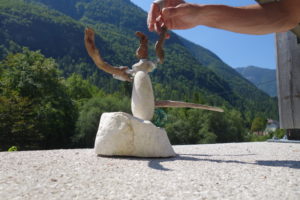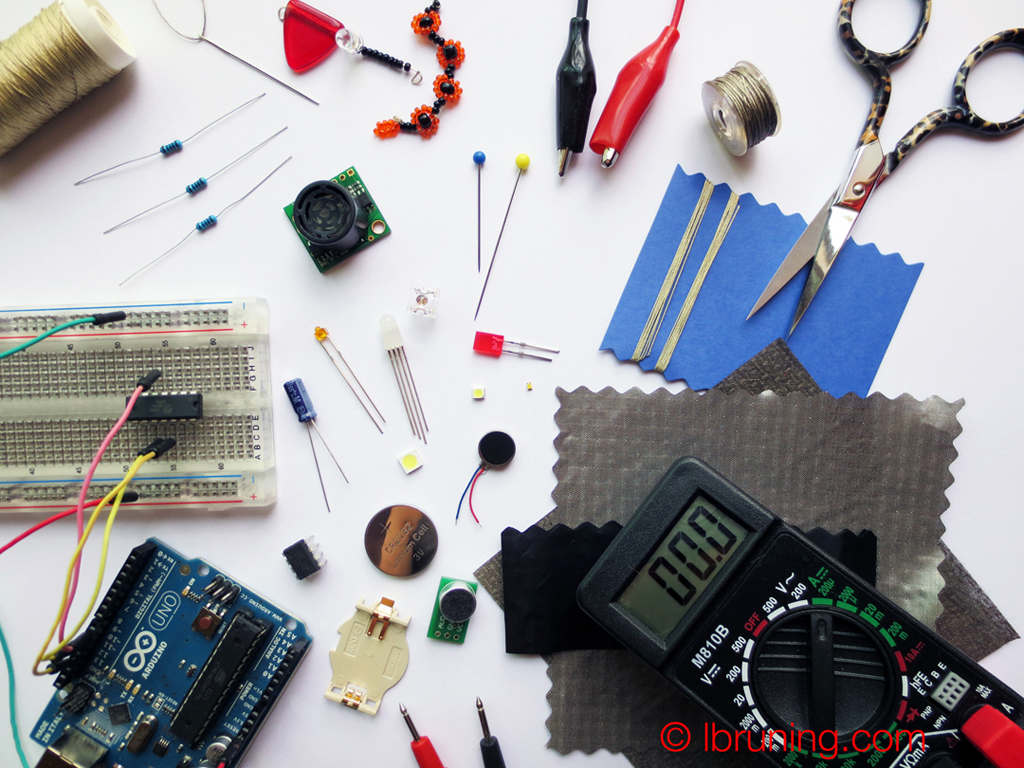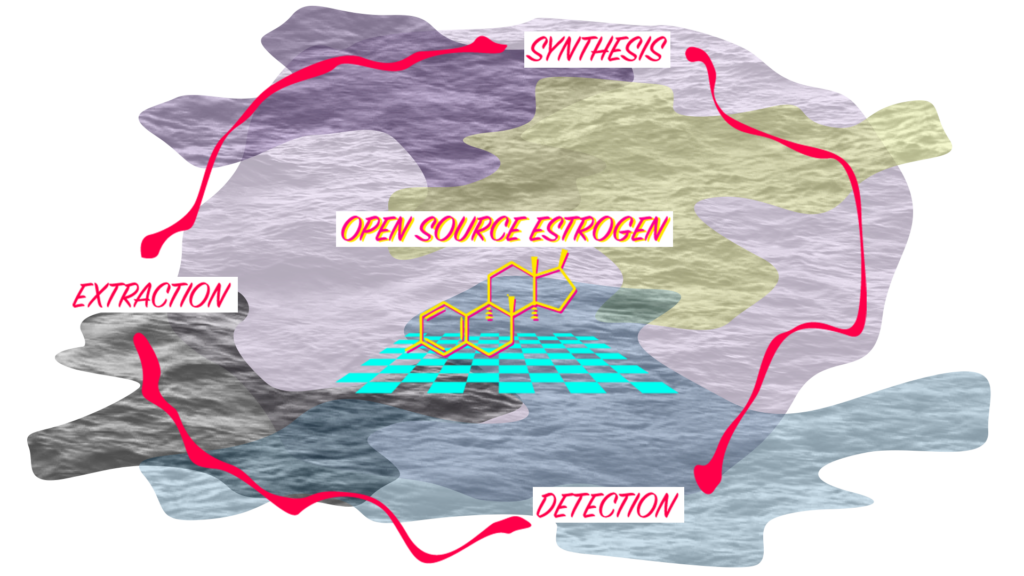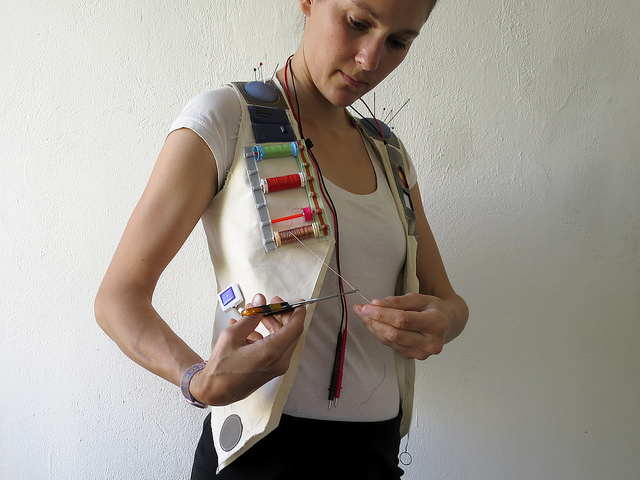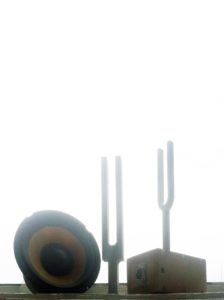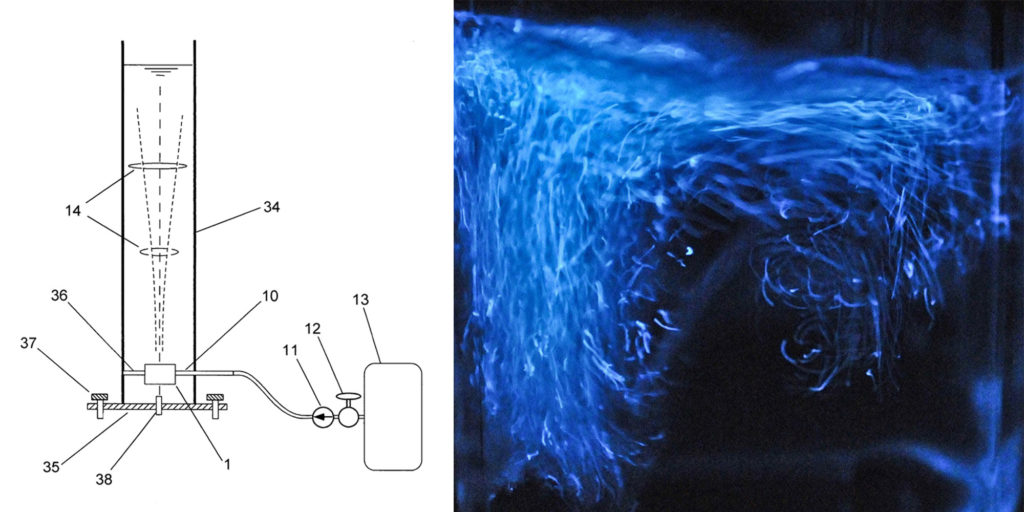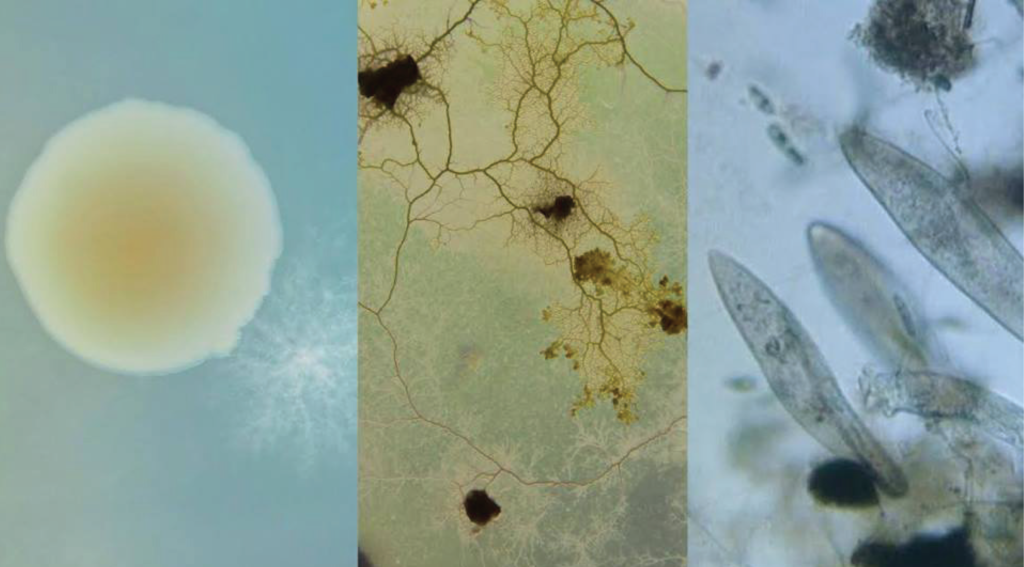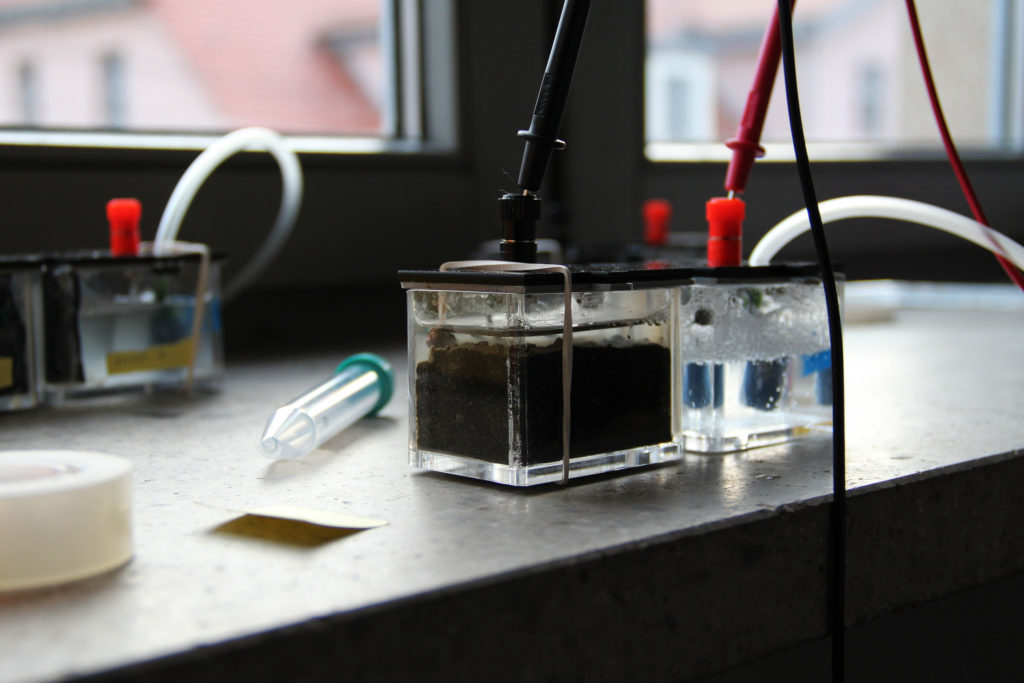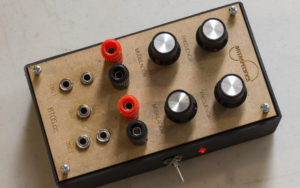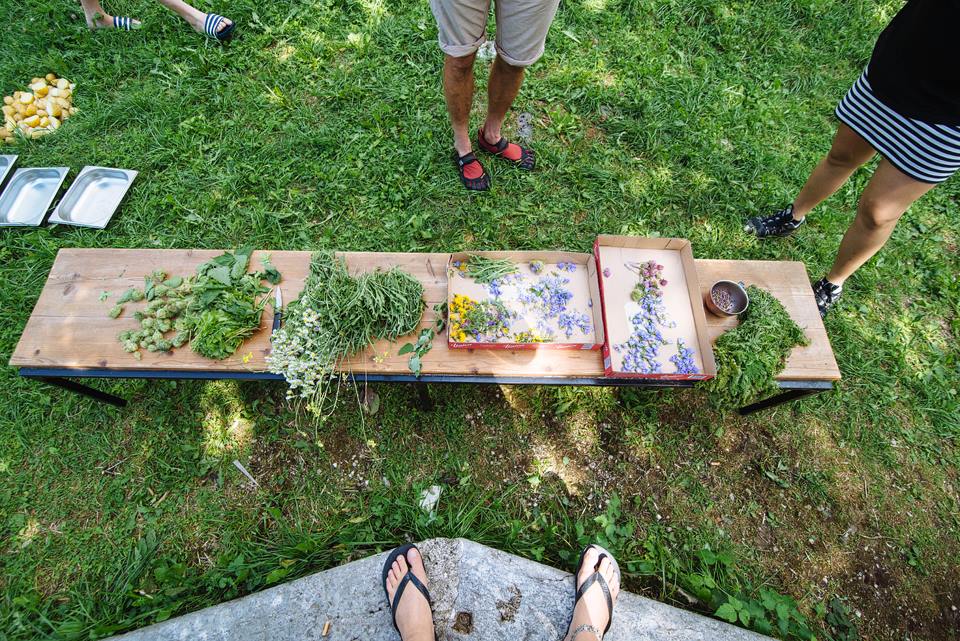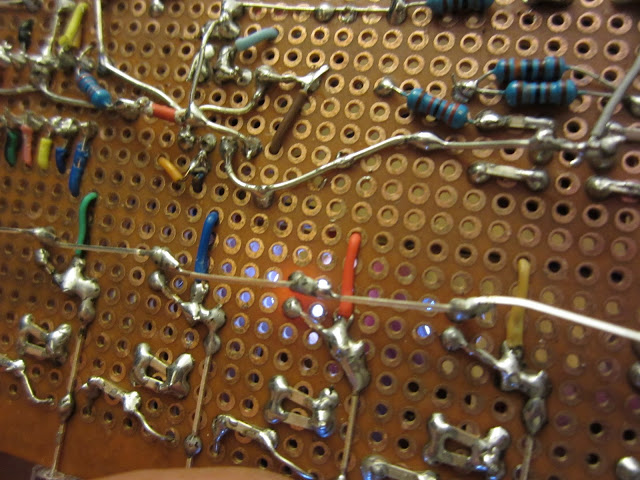Here is what Václav Peloušek from BASTL Instruments will be doing at this years PIFcamp!

Václav will focus on trying to develop a new project / prototype on the spot together with other participants. He would provide already existing tools from the Bastl portfolio which can catalyse certain types of real world interfacing by providing simple translation interfaces from sensoric input into motoric, sound & light outputs. With such tools artificial ecosystems could be easily created and reconfigured. The general goal would be to not get stuck at the technological reality of inventing the tools but fully use the potential of existing modular synth tools which already provide the extreme flexibility. This would be an extension of topics he dealt with in his master thesis.
The general topic is using Control Voltages as an universal representation of anything in the world. Such voltage could be processed in many different ways by using a modular synth. This basically means analog computing.
He will also offer introductory course into analog computing with op-amps (operational amplifiers) and provide same basic insight into reading analog synth schematics.
Further his personal goal will be initiating more musical situations / jam sessions and developing new ways to play music together.
Don’t forget to bring your instruments!
